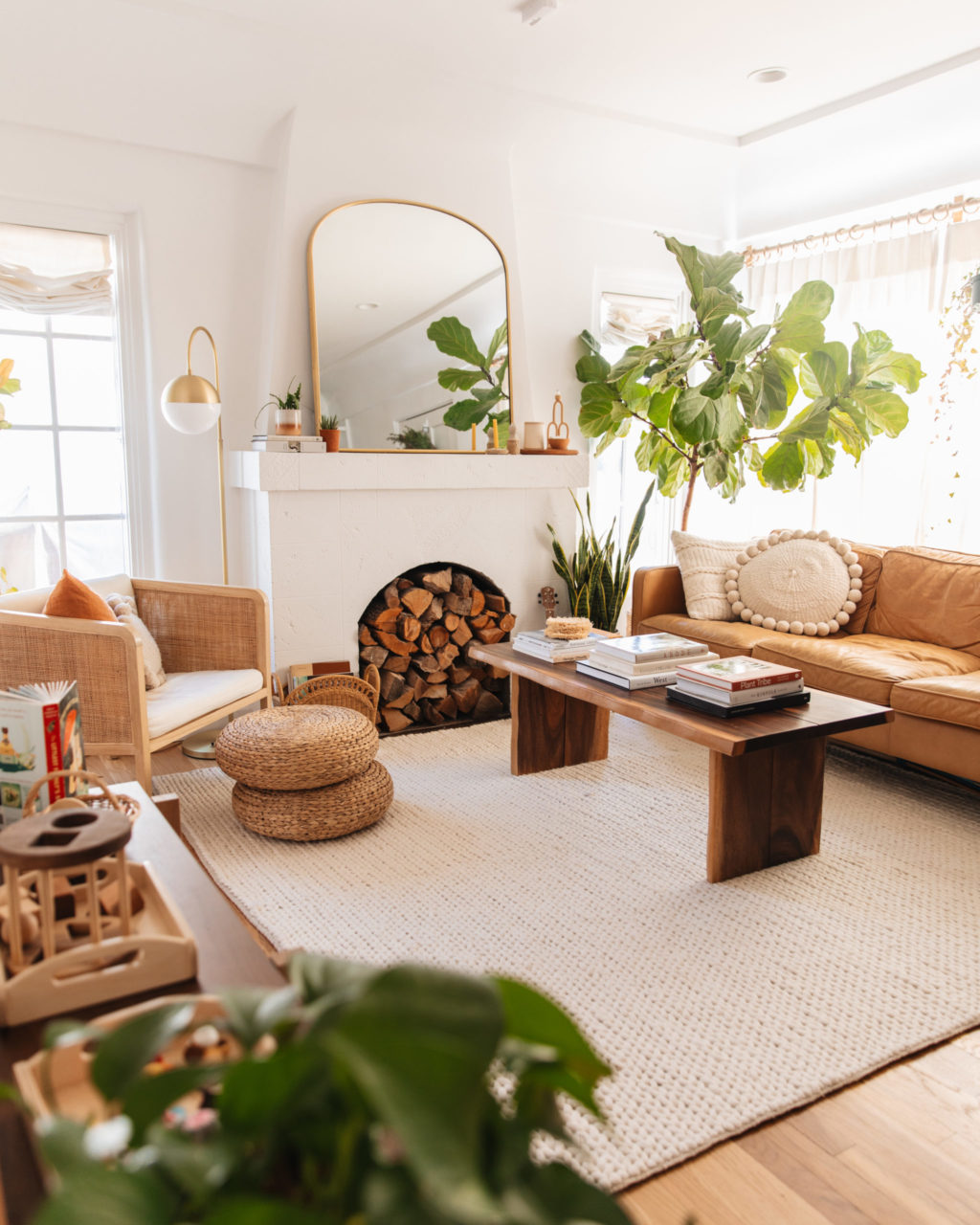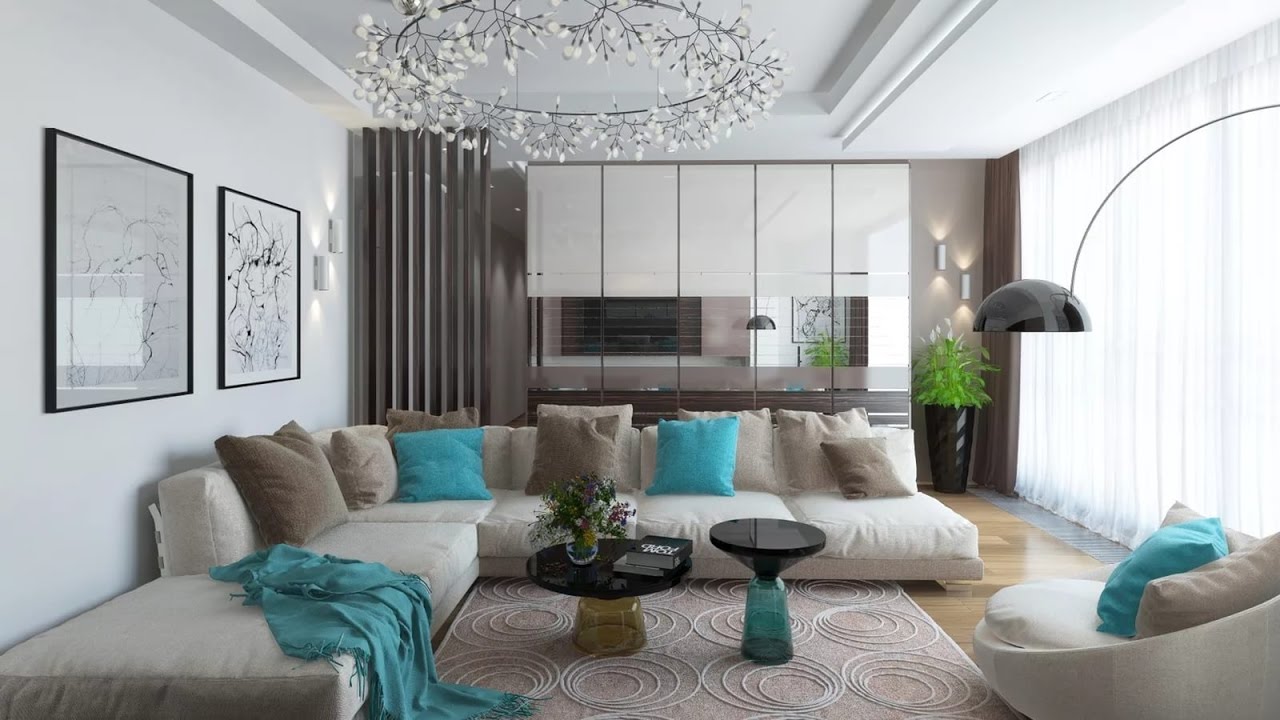Dementia-Friendly Living Room Ideas
If you or a loved one is living with dementia, it's important to create a living room space that is safe and supportive. This means making some adjustments and changes to ensure comfort and ease of navigation. With the right design and decor, you can create a dementia-friendly living room that promotes independence and enhances quality of life.
Creating a Dementia-Friendly Living Room
When designing a dementia-friendly living room, the key is to keep things simple and familiar. This can help minimize confusion and agitation for individuals with dementia. Choose a layout that is easy to navigate and avoid clutter and excess furniture. Keep the color scheme and decor consistent to provide a sense of familiarity and reduce sensory overload.
Designing a Dementia-Friendly Living Room
When choosing furniture for a dementia-friendly living room, prioritize comfort and safety. Look for pieces that are sturdy and easy to get in and out of. Avoid furniture with sharp edges or glass surfaces that could be hazardous. Consider using contrasting colors to help distinguish furniture and create visual cues for navigation.
Tips for Making Your Living Room Dementia-Friendly
To make your living room more dementia-friendly, consider adding features such as handrails or grab bars for added stability and support. Use bright lighting to enhance visibility and make sure all walkways are clear and well-lit. Remove any potential tripping hazards, such as loose rugs or electrical cords.
Adapting Your Living Room for Dementia Care
In addition to physical adaptations, it's important to consider the sensory needs of individuals with dementia when designing a living room. Soft, calming colors and patterns can help reduce agitation and promote relaxation. Avoid loud or jarring patterns and opt for familiar, soothing decor instead.
Dementia-Friendly Living Room Furniture
When choosing furniture for a dementia-friendly living room, there are a few key things to consider. Look for pieces that are easy to clean and maintain, as accidents and spills may occur. Consider using furniture with rounded edges and non-slip surfaces. It's also helpful to have a variety of seating options, such as chairs with armrests and supportive cushions.
Creating a Safe and Comfortable Living Room for Dementia Patients
For individuals with dementia, safety is a top priority. When designing a living room, take steps to prevent falls and injuries. This may include installing safety locks on cabinets and drawers, adding non-slip mats to the floor, and securing loose rugs. It's also important to have a clear and accessible emergency exit in case of any emergencies.
Dementia-Friendly Living Room Decor
The decor of a living room can greatly impact the well-being of individuals with dementia. Choose decor that is calming and familiar, such as family photos or artwork. Avoid using mirrors, which can be confusing for those with dementia. It's also helpful to have a clock and calendar in the living room to help maintain a sense of time.
How to Make Your Living Room More Dementia-Friendly
In addition to physical adaptations, there are also ways to make your living room more dementia-friendly through small changes. For example, labeling drawers and cabinets can help individuals find items they need more easily. Using large, easy-to-read labels or pictures can be especially helpful for those with visual impairments.
Designing a Dementia-Friendly Living Space
Finally, it's important to remember that a dementia-friendly living room is just one part of creating a supportive living space for individuals with dementia. It's helpful to apply these same principles to other areas of the home, such as the bedroom and bathroom. With thoughtful design and consideration, you can create a safe and comfortable living space for yourself or a loved one living with dementia.
A Dementia-Friendly Living Room: A Safe and Comfortable Space for Those with Memory Loss

Understanding Dementia and Its Impact on Home Design
 Dementia is a progressive and irreversible brain disorder that affects millions of people worldwide. It is characterized by a decline in cognitive function, memory loss, and behavioral changes, making everyday tasks challenging for those living with it. As the disease progresses, it can become increasingly difficult for those with dementia to navigate their own homes, leading to accidents and injuries. This is why it is crucial to design living spaces that are safe and comfortable for individuals with dementia, particularly the living room, which is often the heart of the home.
Dementia is a progressive and irreversible brain disorder that affects millions of people worldwide. It is characterized by a decline in cognitive function, memory loss, and behavioral changes, making everyday tasks challenging for those living with it. As the disease progresses, it can become increasingly difficult for those with dementia to navigate their own homes, leading to accidents and injuries. This is why it is crucial to design living spaces that are safe and comfortable for individuals with dementia, particularly the living room, which is often the heart of the home.
The Importance of a Dementia-Friendly Living Room
 The living room is where families gather to spend time together, watch TV, play games, and relax. For individuals with dementia, this space can be overwhelming and disorienting. Bright lights, loud noises, and cluttered spaces can trigger confusion and anxiety, making it difficult for them to feel at ease. As they struggle to make sense of their surroundings, they may become agitated and withdrawn, leading to social isolation and a decline in overall well-being. A dementia-friendly living room can provide a sense of familiarity and comfort, reducing stress and promoting a sense of independence.
The living room is where families gather to spend time together, watch TV, play games, and relax. For individuals with dementia, this space can be overwhelming and disorienting. Bright lights, loud noises, and cluttered spaces can trigger confusion and anxiety, making it difficult for them to feel at ease. As they struggle to make sense of their surroundings, they may become agitated and withdrawn, leading to social isolation and a decline in overall well-being. A dementia-friendly living room can provide a sense of familiarity and comfort, reducing stress and promoting a sense of independence.
Designing a Dementia-Friendly Living Room
 There are several key elements to consider when designing a dementia-friendly living room. First and foremost, safety should be a top priority. This means removing any potential hazards such as loose rugs, sharp edges, and electrical cords. Furniture should also be arranged in a way that allows for easy navigation and clear pathways.
Contrasting colors
and
clear signage
can also help individuals with dementia distinguish between different areas of the room and find their way around.
In addition to safety, comfort is essential.
Soft, neutral colors
and
warm lighting
can create a calming atmosphere, while
soft furnishings
such as cushions and blankets can provide a sense of familiarity and comfort. Incorporating familiar objects and cherished items, such as family photos and treasured possessions, can also help individuals with dementia feel more at ease in their living space.
There are several key elements to consider when designing a dementia-friendly living room. First and foremost, safety should be a top priority. This means removing any potential hazards such as loose rugs, sharp edges, and electrical cords. Furniture should also be arranged in a way that allows for easy navigation and clear pathways.
Contrasting colors
and
clear signage
can also help individuals with dementia distinguish between different areas of the room and find their way around.
In addition to safety, comfort is essential.
Soft, neutral colors
and
warm lighting
can create a calming atmosphere, while
soft furnishings
such as cushions and blankets can provide a sense of familiarity and comfort. Incorporating familiar objects and cherished items, such as family photos and treasured possessions, can also help individuals with dementia feel more at ease in their living space.
Conclusion
 Creating a dementia-friendly living room is about more than just making it safe and accessible. It's about creating a space that promotes a sense of well-being, comfort, and independence for individuals with dementia. By considering the unique needs and challenges of those with dementia, we can design living spaces that not only meet their practical needs but also enhance their quality of life. Together, we can create a more inclusive and supportive environment for those living with dementia.
Creating a dementia-friendly living room is about more than just making it safe and accessible. It's about creating a space that promotes a sense of well-being, comfort, and independence for individuals with dementia. By considering the unique needs and challenges of those with dementia, we can design living spaces that not only meet their practical needs but also enhance their quality of life. Together, we can create a more inclusive and supportive environment for those living with dementia.













































































:max_bytes(150000):strip_icc()/Warm-and-cozy-living-room-Amy-Youngblood-589f82173df78c47587b80b6.png)







.jpg)








